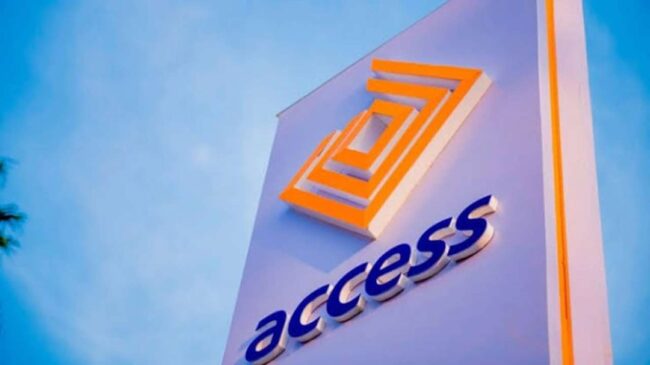United Bank for Africa’s (UBA) after-tax profit was only marginally improved at less than 4 percent quarter-on-quarter to N45.7 billion for the third quarter, topping up to N116 billion for the nine months ended September 2022.
The bank’s third-quarter interim financial report at the end of September 2022 shows that costs rose well ahead of incomes in the third quarter, crimping margins and slowing down the bottom line. Credit losses are the main culprit, which more than doubled at 116 percent quarter-on-quarter to N5.3 billion in the third quarter.
Cost of funds also presented a challenge for the bank in the third quarter, which grew by 45 percent quarter-on-quarter to almost N58 billion. Interest expenses are rising for the bank after two years of decline and the fastest growth in cost of funds in four years looks quite likely for UBA in 2022.
Operating expenses also eroded earnings during the quarter at an increase of 37.6 percent quarter-on-quarter to N100.7 billion. This compares to an increase of 33.4 percent in gross earnings to N216.6 billion for the quarter.
Advertisement
All three main cost lines of the bank claimed increased proportions of revenue in the third quarter, which caused a decline in profit margin from 27.1 percent in the same quarter last year to 21.1 percent for the third quarter of 2022.
The decline in profit margin, driven by all-around cost increases, explains the challenge in the third quarter when 33.4 percent increase in gross earnings delivered less than 4 percent increase in profit.
UBA’s nine-month earnings position shows that improved half-year results diluted the third-quarter weakness on both sides of costs and incomes. The bank’s management extracted 11 percent increase in after tax profit year-on-year to N116 billion from 22.9 percent growth in gross earnings – which amounted to N552 billion at the end of September 2022.
Advertisement
The profit growth is a slowdown from 16 percent increase year-on-year to N70.3 billion at half year last June.
Non-interest earnings led revenue growth at an increase of roughly 25 percent year-on-year to about N132 billion. The strength came from net trading and foreign exchange income that rose by 40.7 percent to N38.4 billion at the end of the third quarter.
Interest income grew by 22.3 percent year-on-year to over N420 billion, marking the strongest growth in interest earnings for the bank since 2017.
Based on the current growth rate, UBA may achieve the strongest growth in gross income in more than a decade. It reported one of the slowest increases in gross earnings in years last year at 7 percent to N660 billion.
Advertisement
On the side of cost, loan impairment expenses maintained the high growth seen in the third quarter for the nine-month period. The charges rose by almost 107 percent year-on-year to N13.6 billion at the end of the third quarter. This is against a drop of 52 percent in net loan loss expenses to N12.9 billion for the 2021 full year.
Interest expenses amounted to N137.7 billion at the end of the third quarter operations, which is a year-on-year increase of 20.3 percent. Less rapid increase in the preceding quarters diluted the high growth in the cost of funds recorded in the third quarter.
Management was able to keep interest earnings growing ahead of interest expenses at 22.3 percent compared to 20.3 percent at the end of the third quarter. However, this advantage looks likely to be lost at full year if the accelerating cost of funds in the third quarter repeats in the final quarter.
The third main expense line of the bank, operating cost, grew ahead of revenue at 27.5 percent compared to 22.9 percent. At N262.6 billion, operating expenses claimed 47.6 percent of gross income at the end of the third quarter, increasing from 45.8 percent in the same period last year. This is UBA’s highest operating cost margin since 2011.
Advertisement
With cost encroachment on earnings from net loan impairment expenses and operating costs, the net profit margin went down from 23.3 percent to 21 percent over the review period.
The full-year outlook for the bank indicates that the ability to convert revenue into profit may weaken, as rapid increases in credit losses and interest expenses are likely to sustain in the final quarter.
Advertisement
Add a comment







